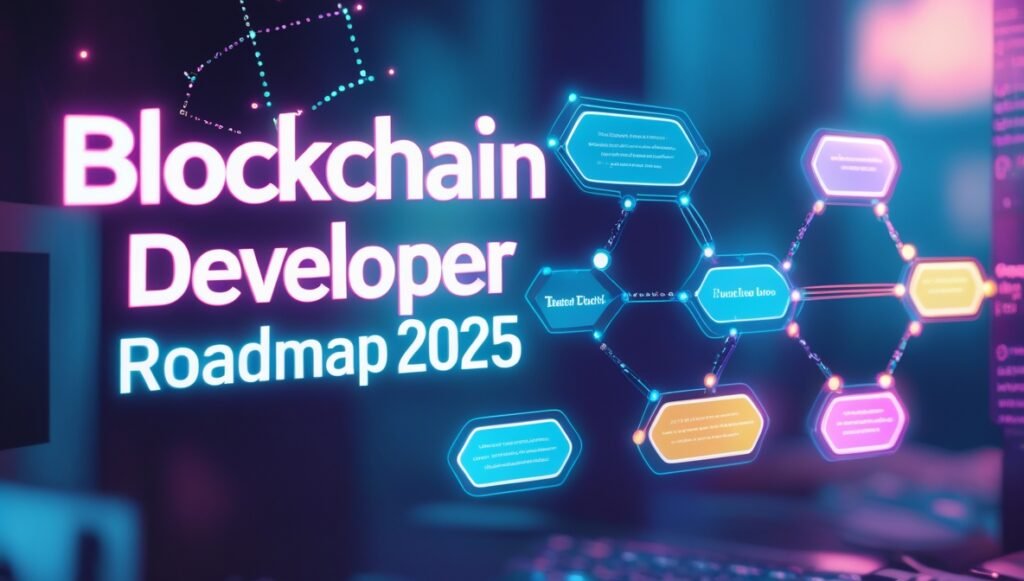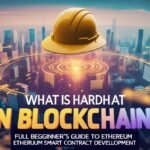Explore the complete Blockchain Developer Roadmap 2025 — from learning smart contracts to building real DApps, tools, trends, and job tips. Start your Web3 journey now with this beginner-friendly, step-by-step guide.
Table of Contents
🌟 Introduction: Why Blockchain Is the Future
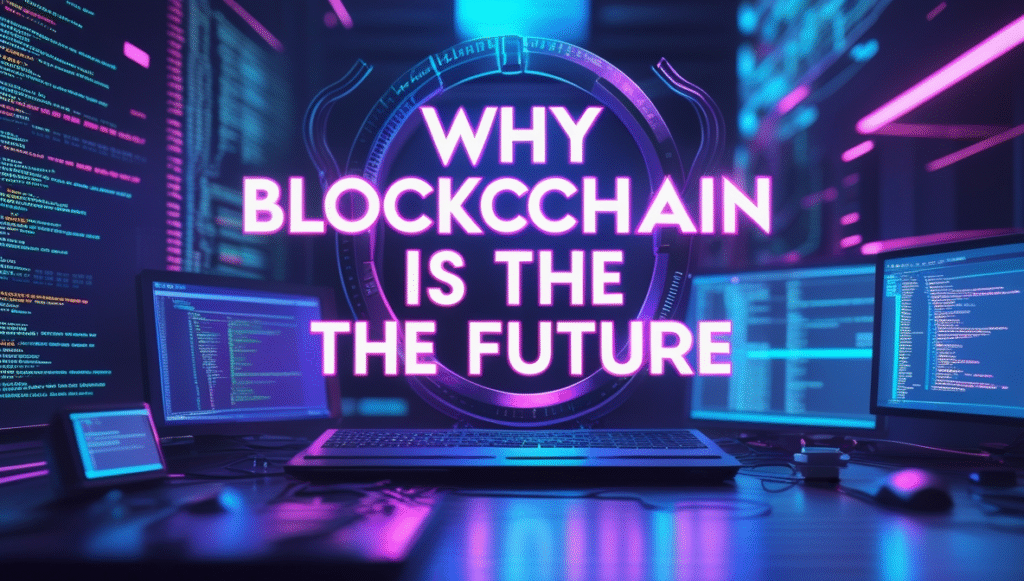
If you’re even a little curious about where technology is headed, you’ve likely heard of blockchain—a game-changing concept that’s now reshaping how we interact with the internet. In 2025, blockchain isn’t just about Bitcoin. It’s the foundation of decentralized finance (DeFi), NFTs, digital identity, supply chain tracking, and even government-level innovations.
So, what’s the real opportunity here?
👉 A massive demand for skilled blockchain developers. And the best part? You don’t need a fancy computer science degree to jump in. All you need is passion, consistency, and a solid roadmap—which is exactly what you’ll find here.
Blockchain Developer Roadmap 2025
🧱 Step 1: Learn Fundamentals of Blockchain
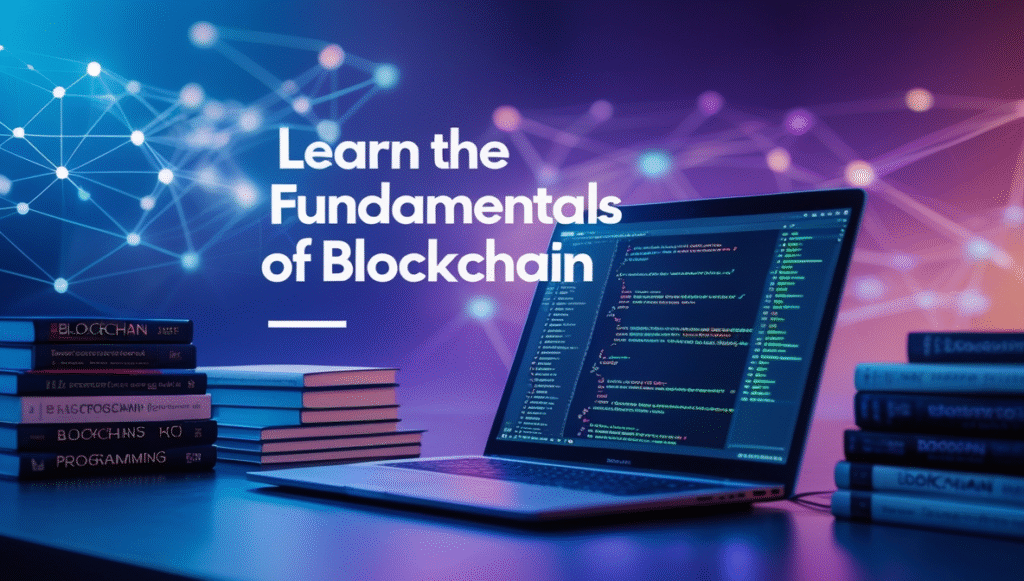
Before writing a single line of code, you need to understand how blockchain works conceptually.
🔍 Key Concepts to Explore:
- What is blockchain and how is it different from a normal database?
- Public vs. private blockchains
- Decentralization and consensus mechanisms (like PoW, PoS, etc.)
- Gas fees and transactions
- What is a smart contract?
💡 Test It Yourself:
Go to https://explorer.zksync.io/ and search for a wallet address or transaction to see how public ledgers work.
💻 Step 2: Build a Strong Programming Foundation
Even if you’re a complete beginner, don’t worry. You just need to pick the right languages and practice regularly.
🔧 Recommended Languages:
- JavaScript/TypeScript – Essential for frontend + Web3 libraries
- Solidity – For writing Ethereum smart contracts
- Python – Useful for scripting, automation, and data work
- Rust – Important for Solana and newer chains
🧪 Test Idea: Create a basic
if-elseprogram in JavaScript and then replicate the logic in Solidity. It helps to understand syntax differences.
🧠 Step 3: Learn About Smart Contracts
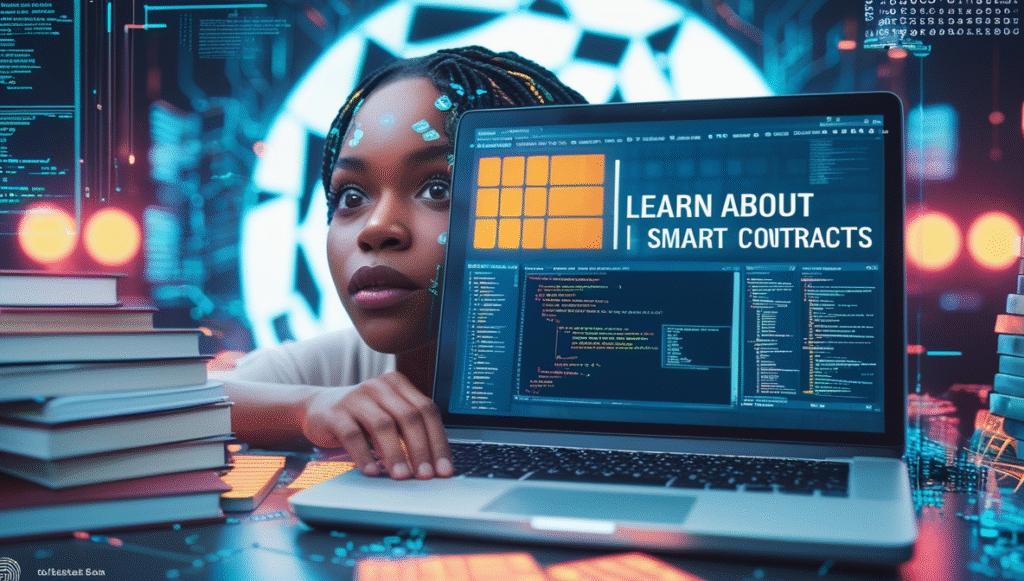
Smart contracts are self-executing code that lives on a blockchain. This is where the magic happens.
What You Should Learn:
- Solidity syntax and structure
- ERC20 and ERC721 token standards
- Writing simple contracts using Remix IDE
- Deploying to Ethereum testnets like Sepolia, Goerli
🛠️ Try This:
Visit Remix IDE, paste a basic Solidity contract, and deploy it using MetaMask on a test network.
⚙️ Step 4: Understand the Development Ecosystem
In 2025, Web3 tooling has matured significantly. Choose your stack wisely:
🔨 Key Tools:
- Hardhat – For compiling, testing, and deploying contracts
- Foundry – Super-fast testing and scripting tool
- Ethers.js / Wagmi – Connect frontend to blockchain
- Pinata & IPFS – For decentralized file storage
- The Graph – Used for querying blockchain data
🔁 Practical Task:
Use Hardhat to compile and deploy a smart contract that allows token transfers. Integrate it with a frontend using Ethers.js.
🖼️ Step 5: Dive into Frontend and Web3 Integration
Once your smart contract is ready, you’ll need a user interface so people can interact with it.
📚 Learn:
- React.js or Next.js – Most used frontend frameworks
- Wallet connection using RainbowKit, Web3Modal, or Thirdweb
- Querying data with The Graph
- Hosting DApps using Vercel or Fleek
🧪 Mini Project:
Create a DApp that connects to MetaMask and lets users mint a simple NFT.
🌉 Step 6: Understand Layer 1 and Layer 2 Chains
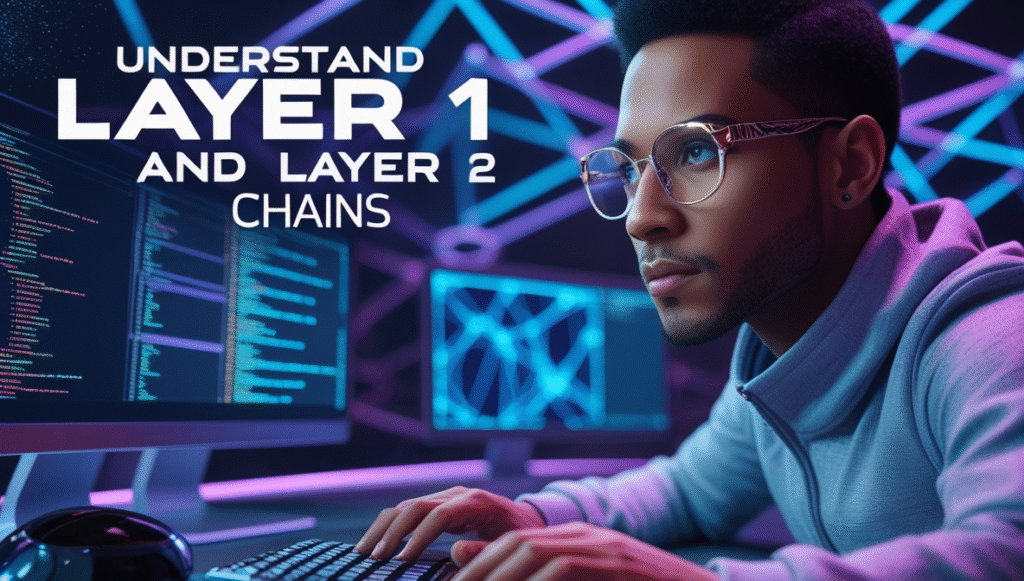
Ethereum is just one part of the Web3 world. By 2025, the ecosystem has expanded drastically.
🔍 Focus On:
- Layer 1s: Ethereum, Solana, Avalanche, Sui, Aptos
- Layer 2s: Polygon, Arbitrum, Optimism, zkSync
- Differences in consensus, gas fees, speed, dev tools
🧪 Explore:
Head over to https://chainlist.org and connect to various testnets and L2 networks to understand their gas mechanics.
🧪 Step 7: Build Real Projects
Nothing beats learning by doing. Here are ideas for real-world applications:
- A token exchange DApp
- NFT certificate generator with IPFS
- Crowdfunding platform with milestone-based fund release
- Decentralized voting system
- Blockchain-based digital identity
📢 Pro Tip: Showcase these on your GitHub profile. Hiring managers love seeing working demos over just certificates.
🔐 Learn Blockchain Security & Best Practices
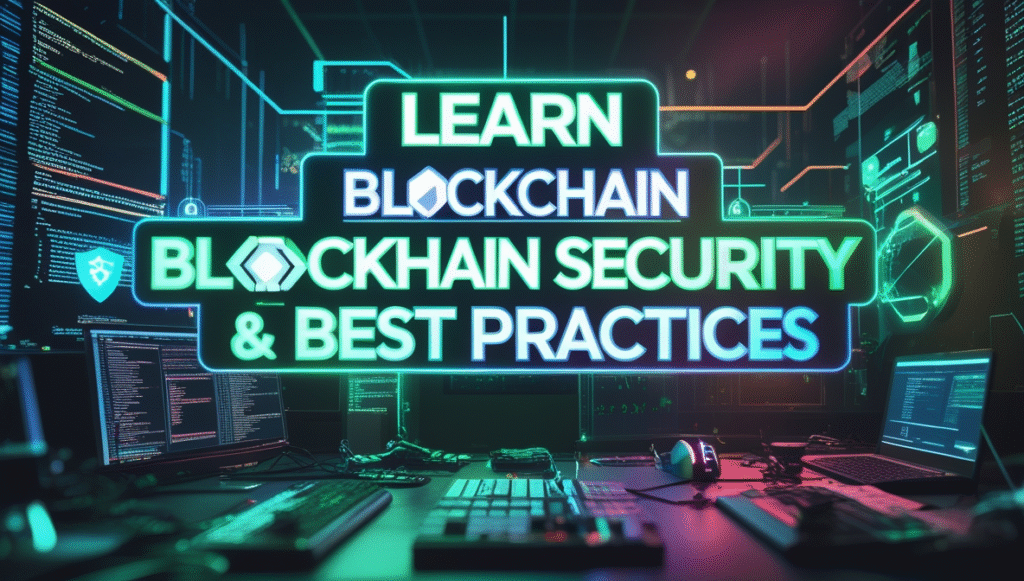
One mistake in your contract can cost users millions. Don’t skip this part!
Key Concepts:
- Common vulnerabilities: Reentrancy, overflow, flash loans
- Tools: Slither, MythX, Echidna
- Auditing practices
- Understanding OpenZeppelin libraries
🔬 Try This: Clone a basic token contract, intentionally break a security pattern, and use Slither to detect it.
📈 Step 9: Apply for Jobs, Freelance, or Build Products
By now, you have a portfolio and real skills. Here’s how to use them:
🎯 Where to Apply:
- Web3 job boards: CryptoJobsList, Remote3, TalentLayer
- Freelancing: Toptal, Upwork, Biconomy DAO
- Contribute to open-source projects (search “good first issue” on GitHub)
🧳 Bonus Tip: Set up a personal website (like jeetendrajoshi.com) and write blogs to build credibility.
🔮 Step 10: Keep Learning New Trends (2025 Onwards)
Blockchain moves fast. Keep up with the latest advancements:
📌 Stay Updated On:
- ZK Rollups & ZK-EVMs
- Account Abstraction
- Decentralized AI protocols
- Cross-chain interoperability (Axelar, LayerZero)
- Layer 3s & modular blockchain architectures
🧠 Follow leading developers on X (Twitter), subscribe to Web3 newsletters, and contribute to open-source projects weekly.
📜 Blockchain Certifications in 2025
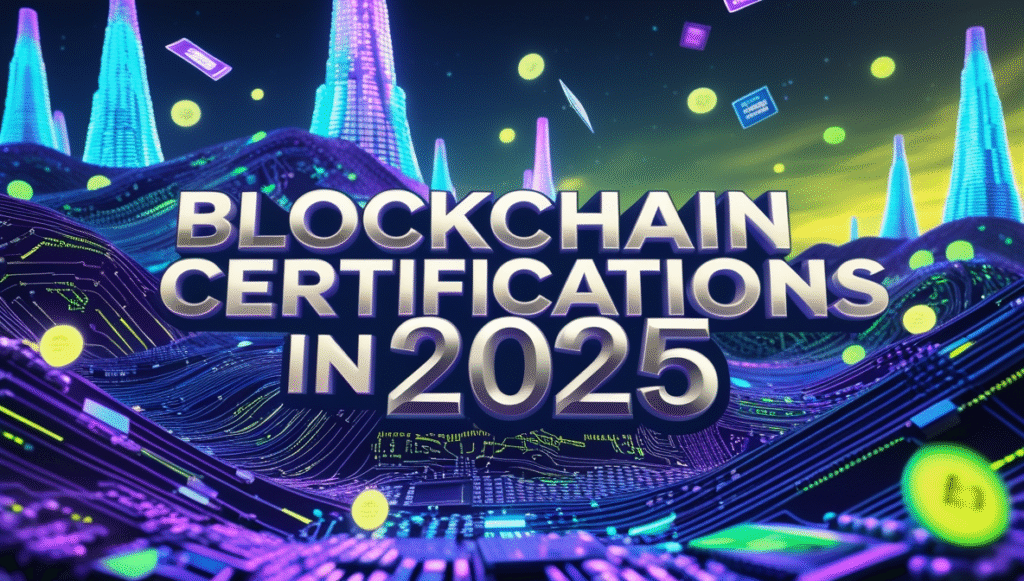
Although not mandatory, these can be useful for beginners:
- Blockchain Council Certifications
- Ethereum Developer Program (Alchemy or Moralis)
- Solidity Bootcamps from Buildspace or LearnWeb3
❓ Frequently Asked Questions (FAQs)
Q1. Can I become a blockchain developer without a CS degree?
Absolutely! In fact, many top developers are self-taught. Your skills and GitHub profile matter more than a formal degree.
Q2. What’s the average salary of a blockchain developer in 2025?
Entry-level devs earn between $80,000–$120,000/year. Mid to senior-level devs can earn $150,000+ or even more if freelancing or consulting.
Q3. What blockchain is best to learn in 2025?
Ethereum is still king, but Solana, zkSync, and Sui are gaining ground rapidly. Choose based on your project goals.
Q4. Is learning smart contract auditing profitable?
Definitely. Auditors are highly in demand and earn thousands per audit. Some white-hat hackers earn six figures from bounties.
Q5. What should I put in my blockchain portfolio?
Include 3–5 well-documented DApps, GitHub links, write-ups, and maybe short tutorial videos. Recruiters love seeing real projects.
🎯 Final Words
The road to becoming a blockchain developer in 2025 is challenging—but also incredibly rewarding. If you’re willing to practice daily, build cool projects, and keep learning, you’ll not only land a high-paying job but also become part of shaping the future internet.
So, grab your laptop, open that code editor, and let’s build Web3 together! 🚀
📩 For guidance, collaborations, or mentorship, connect with me at: work.jeetendra@gmail.com
🌐 Visit: https://jeetendrajoshi.com
